Hills
A hill is a landform that extends above the surrounding terrain. It is a raised area of land that is lower and more rounded than a mountain. Hills are formed through various geological processes, such as tectonic uplift, erosion, and volcanic activity.
Formation of Hills
Hills can be formed through different processes:
- Tectonic Uplift: Hills can be formed when tectonic forces push the Earth's crust upwards, creating raised landforms.
- Erosion: The erosion of softer rock layers surrounding harder rock formations can result in the formation of hills.
- Volcanic Activity: Volcanic eruptions can create hills and volcanic cones as lava and volcanic debris accumulate over time.
Types of Hills
There are different types of hills based on their formation and characteristics:
- Drumlin: A long, canoe-shaped hill formed by the movement of glaciers.
- Butte: An isolated hill with steep, often vertical sides and a small, flat top.
- Knob: A small, rounded hill or mound of rock, clay, or sand.
- Mesas: Flat-topped hills with steep sides, found in arid and semi-arid regions.
Effects of Hills on the Environment
Hills can have significant impacts on the environment:
- Water Drainage: Hills can influence the flow of water, leading to the formation of rivers and valleys.
- Soil Erosion: Steep hills can be prone to soil erosion, impacting agricultural activities and ecosystem health.
- Biodiversity: Hills provide diverse habitats for various plant and animal species, contributing to overall biodiversity.
Study Tips
When studying hills, consider the following tips:
- Understand the geological processes involved in hill formation.
- Learn about the different types of hills and their unique characteristics.
- Explore the environmental impacts of hills and their significance in shaping landscapes.
- Consider field trips or virtual simulations to observe hills and their features firsthand.
[Hills] Related Worksheets and Study Guides:
.◂Science Worksheets and Study Guides Eighth Grade. Plate tectonics
Study Guide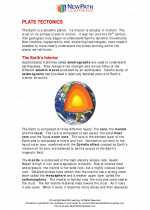 Plate tectonics
Plate tectonics  Activity Lesson
Activity Lesson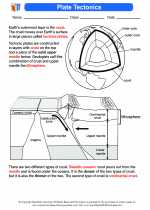 Plate Tectonics
Plate Tectonics  Worksheet/Answer key
Worksheet/Answer key Plate tectonics
Plate tectonics  Worksheet/Answer key
Worksheet/Answer key Plate tectonics
Plate tectonics  Worksheet/Answer key
Worksheet/Answer key Plate tectonics
Plate tectonics  Worksheet/Answer key
Worksheet/Answer key Plate tectonics
Plate tectonics  Vocabulary/Answer key
Vocabulary/Answer key Plate tectonics
Plate tectonics  Vocabulary/Answer key
Vocabulary/Answer key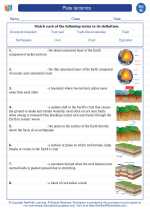 Plate tectonics
Plate tectonics  Vocabulary/Answer key
Vocabulary/Answer key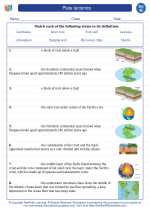 Plate tectonics
Plate tectonics  Vocabulary/Answer key
Vocabulary/Answer key Plate tectonics
Plate tectonics  Vocabulary/Answer key
Vocabulary/Answer key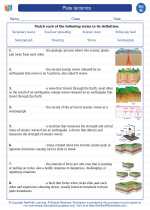 Plate tectonics
Plate tectonics  Vocabulary/Answer key
Vocabulary/Answer key Plate tectonics
Plate tectonics  Vocabulary/Answer key
Vocabulary/Answer key Plate tectonics
Plate tectonics 

 Activity Lesson
Activity Lesson
 Worksheet/Answer key
Worksheet/Answer key
 Worksheet/Answer key
Worksheet/Answer key
 Worksheet/Answer key
Worksheet/Answer key
 Worksheet/Answer key
Worksheet/Answer key
 Vocabulary/Answer key
Vocabulary/Answer key
 Vocabulary/Answer key
Vocabulary/Answer key
 Vocabulary/Answer key
Vocabulary/Answer key
 Vocabulary/Answer key
Vocabulary/Answer key
 Vocabulary/Answer key
Vocabulary/Answer key
 Vocabulary/Answer key
Vocabulary/Answer key
 Vocabulary/Answer key
Vocabulary/Answer key
